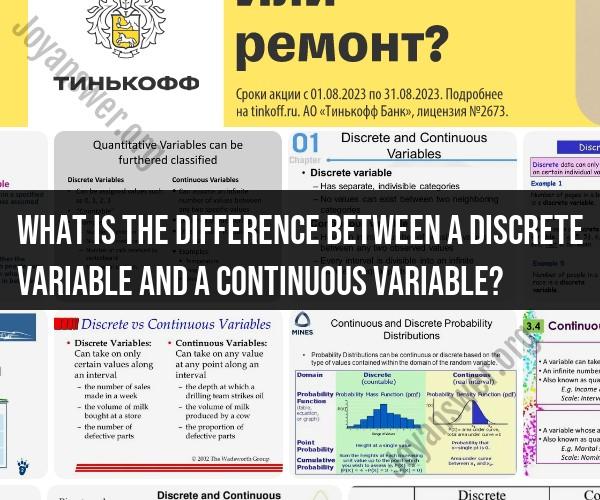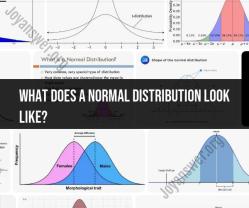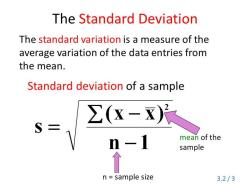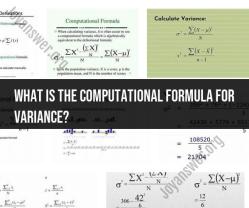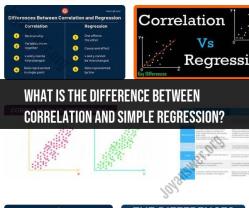What is the difference between a discrete variable and a continuous variable?
In statistics, variables are categorized as either discrete or continuous, based on their nature and characteristics. Understanding the difference between these two types of variables is crucial for accurate data analysis and interpretation.
Discrete Variables
Discrete variables are those that can only take on specific, distinct values. These values are often counted and are typically whole numbers. Discrete variables have clear boundaries and gaps between possible values.
Examples of discrete variables include:
- Number of students in a class
- Number of cars in a parking lot
- Number of books on a shelf
Continuous Variables
Continuous variables, on the other hand, can take on an infinite number of values within a given range. They can be measured with a high degree of precision, and there are no distinct gaps or boundaries between values.
Examples of continuous variables include:
- Height and weight of individuals
- Temperature and humidity levels
- Age and time measurements
Distinguishing Factors
Here are the key factors that distinguish discrete and continuous variables:
Nature of Values
Discrete variables have specific, separate values, while continuous variables have a range of possible values within a certain interval.
Measurement Precision
Continuous variables can be measured with high precision, while discrete variables are often measured in whole numbers.
Gaps and Boundaries
Discrete variables have gaps between possible values, while continuous variables have no gaps or distinct boundaries.
Graphical Representation
Discrete variables are often represented with bar charts or histograms, while continuous variables are represented with line graphs or scatter plots.
Conclusion
Distinguishing between discrete and continuous variables is essential for selecting appropriate statistical methods and interpreting data accurately. Recognizing the nature of the variables you're working with enables effective data analysis and informed decision-making.
